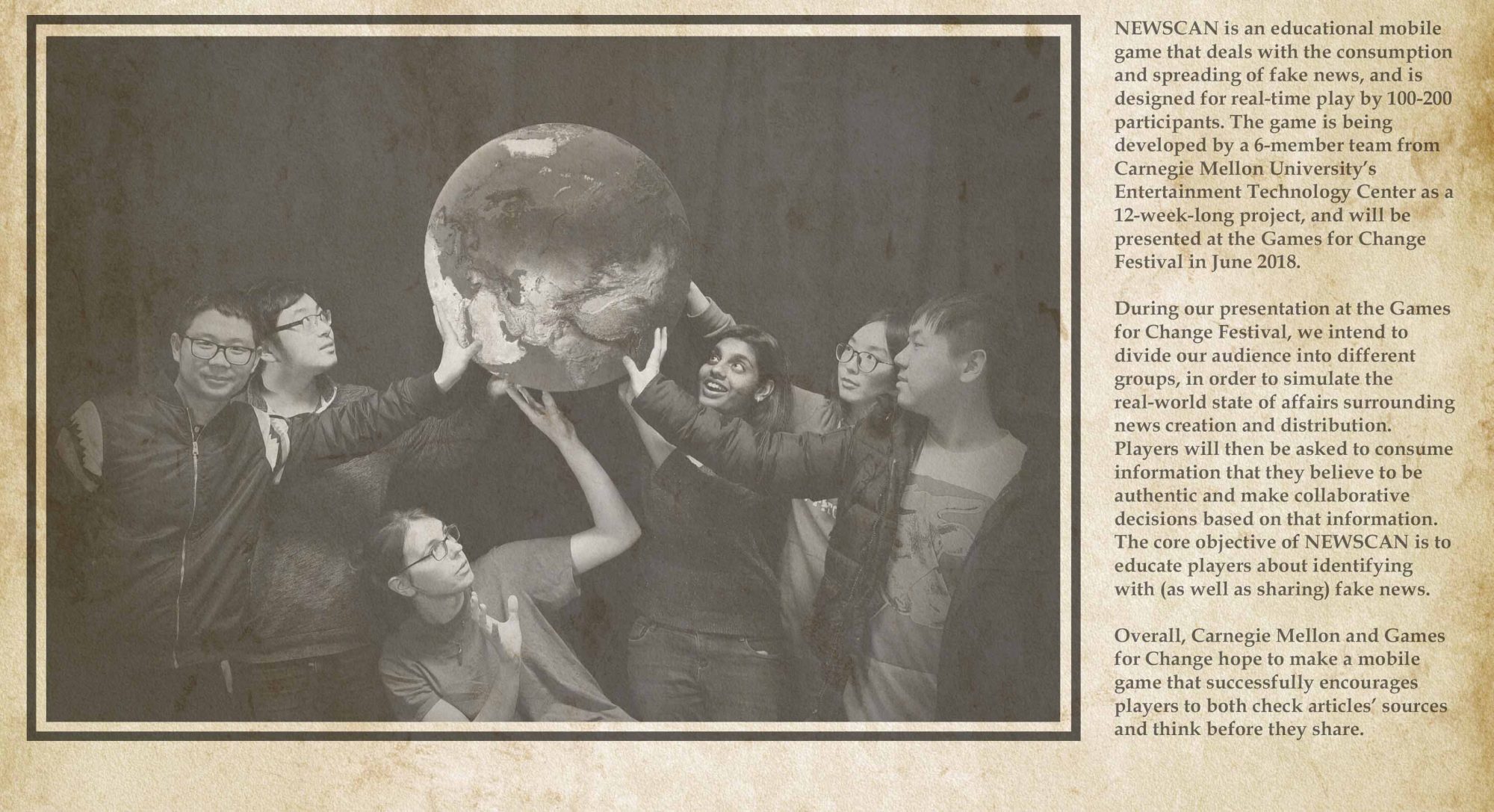In light of our playtests on Friday, we decided to shelve the explicit team-making mechanic that we previously had developed, as players felt that the process was difficult to understand and not incredibly meaningful. Thus, we tweaked our design to turn on a mechanic that involved non-sensationalist players tweeting at sensationalist players, who would then choose which posts to retweet into their president’s social media feed (and thus flatter him into not launching nuclear missiles). Upon meeting with our advisors and explaining this mechanic to them, we discovered that it still felt a little too complex, and we pivoted to an implementation in which all players create posts using the same materials in order to create distracting social media trends.
We then discussed this decision with Jesse Schell, who suggested that we look into mechanics that encourage collaboration rather than encouraging one player to stand at the front of the room and dictate other players’ choices.
While we realized that we did not have enough time to take this suggestion into consideration (due to our proximity to softs), we were able to finish all of the content for our game’s third phase (post titles, hashtags and images).
On Wednesday, we went up to Carnegie Mellon’s main campus to playtest our game in a room we’d previously rented. However, despite all of the prep work (including poster creation and canvasing) that we had done, we were unable to get a group of passersby to playtest our game. We did not anticipate that most people on main campus would be busy with preparing for Carnegie Mellon University’s Spring Carnival at this time (and that the small number of people milling about/sitting around the University Center would be unwilling to participate). Thus, we resolved to run through the entire game ourselves and take note of any bugs we ran across.
The next day, after talking with one of our faculty advisors (Brenda Harger), we committed to changing the language used on some of our Phase 1 phone displays. In addition, we realized that we needed to give players a sense of progress/a way to compare scores in our game’s third phase, which informed our decision to add a scoreboard to that phase.
Going into softs, we aim to both a) implement all changes mentioned in the previous paragraph and b) have a completed version of our game ready to demonstrate.

